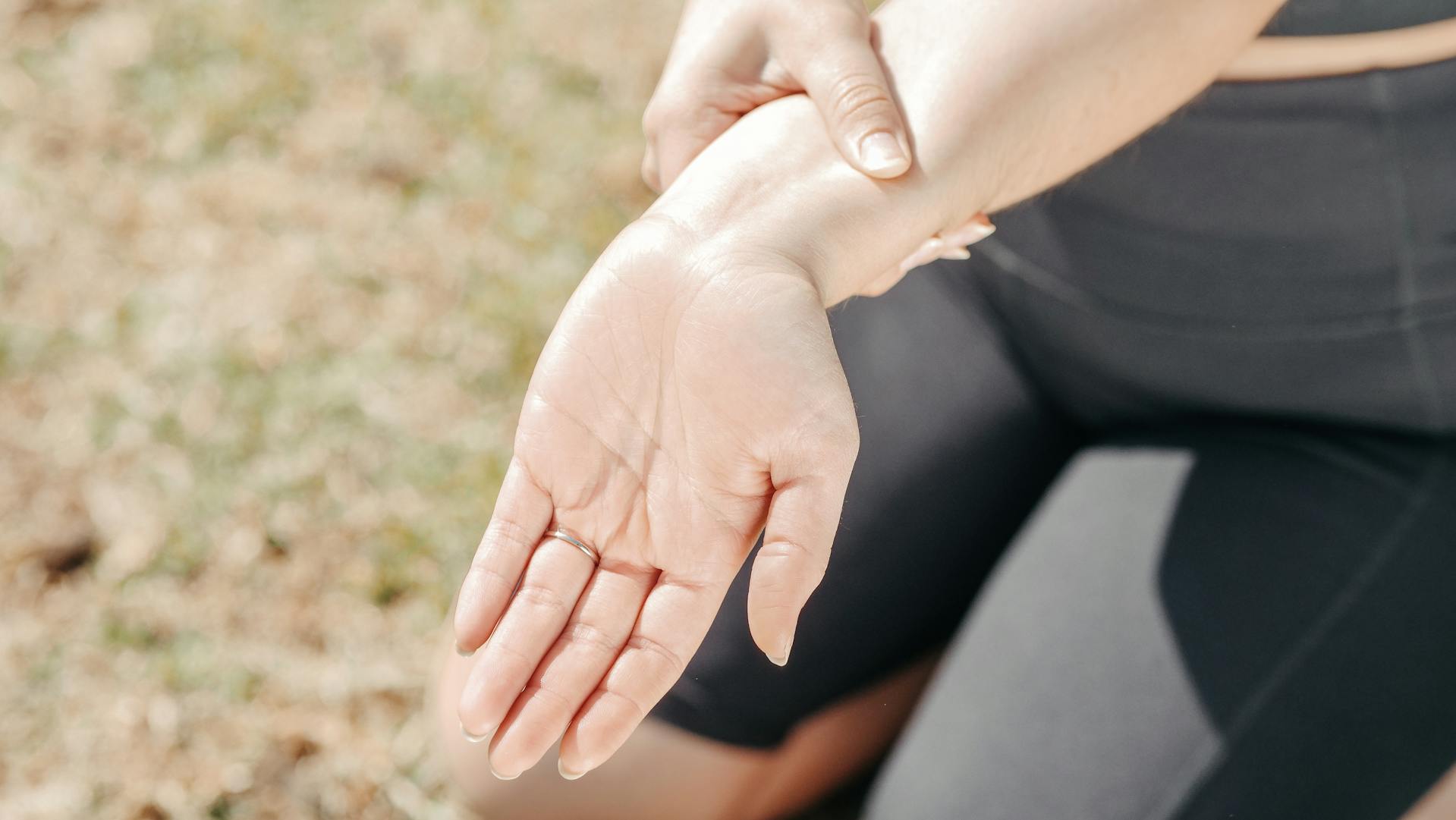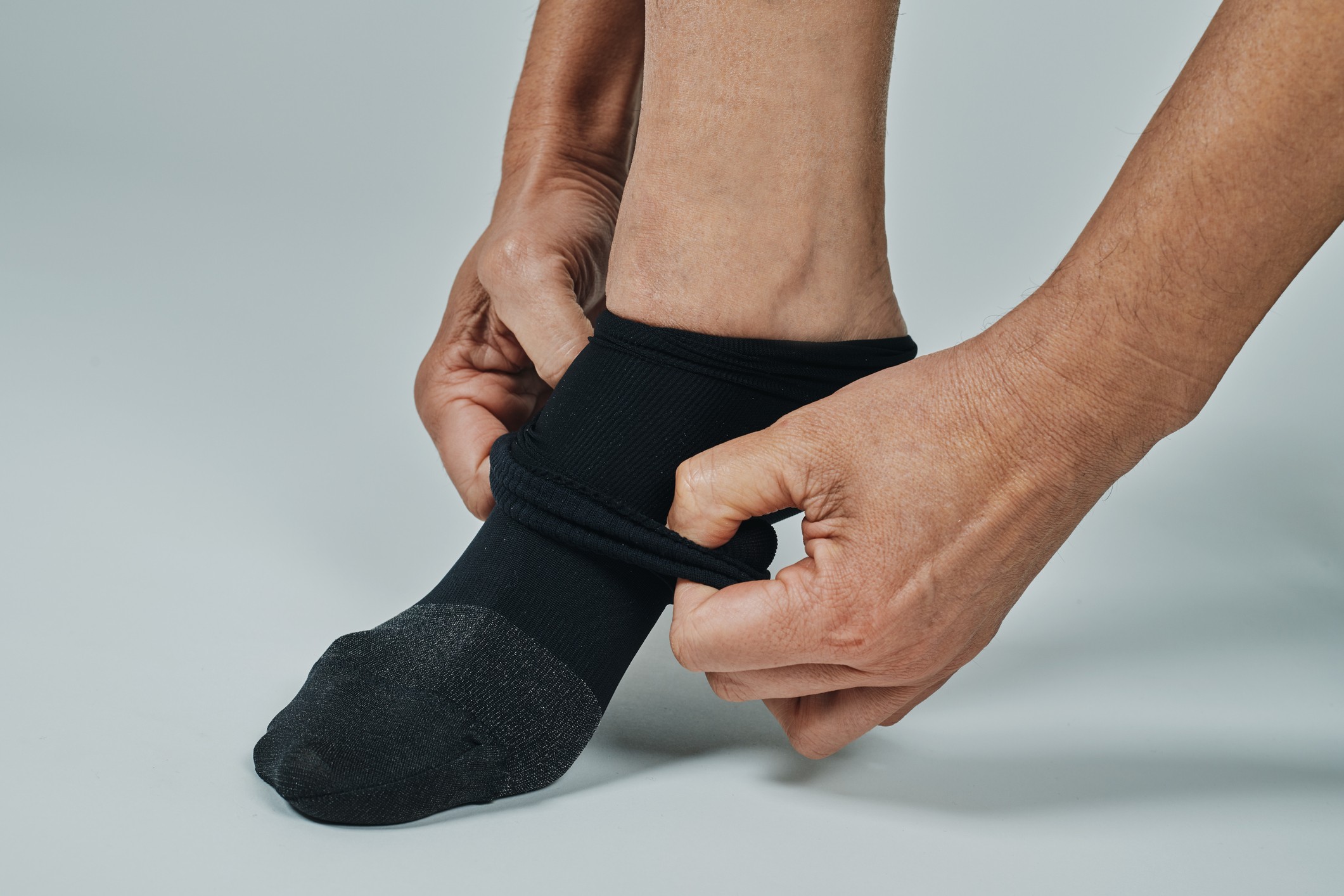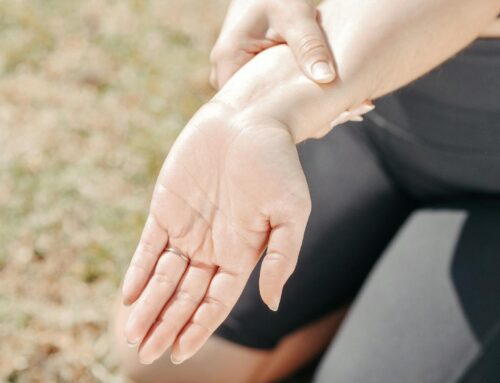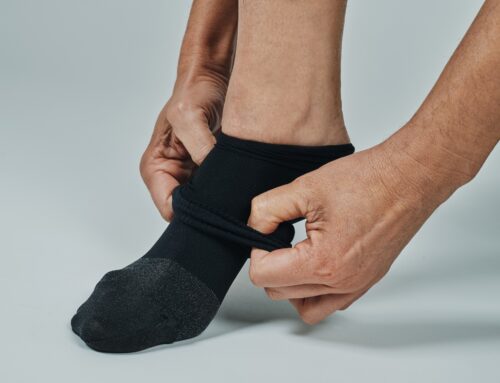Poor circulation, a condition affecting millions globally, can significantly undermine your health and wellness. This condition affects your circulatory system—the body’s lifeline—that is responsible for ferrying oxygen, nutrients, and hormones to every cell, and concurrently flushing out waste products such as carbon dioxide. This intricate highway linking all parts of your body ensures optimum functionality and wellbeing.
Health conditions like obesity and diabetes, alongside lifestyle habits such as a poor diet and lack of physical activity, can contribute to poor circulation. This inadequate blood flow can impede the efficient delivery of essential nutrients and oxygen to your organs, inhibiting their functionality.
The repercussions of poor circulation go beyond immediate discomfort—it can lead to a wide spectrum of health problems. These range from minor issues like fatigue and varicose veins to severe complications such as kidney damage. At its worst, it can precipitate life-threatening conditions like heart attacks and strokes. As such, the importance of understanding and implementing strategies to combat poor circulation cannot be overstated—it’s critical for fostering overall health and longevity.
Hydration: Your Circulation’s Best Friend
If good circulation is the highway of your body, consider water as the fuel that keeps it going. Hydration plays a pivotal role in maintaining and improving blood flow. Every cell in your body needs water to function correctly, and blood is no exception.
When you’re well-hydrated, your blood is less viscous, meaning it can flow more freely through your blood vessels, reaching even the farthest corners of your body. This aids in efficient nutrient delivery and waste removal, facilitating optimal organ function. On the other hand, when you’re dehydrated, your blood vessels contract, and blood flow is hindered, leading to poor circulation.
Below are some tips to ensure you stay well-hydrated throughout the day:
- Follow the 8×8 rule
Aim to drink at least eight 8-ounce glasses of water per day. However, the amount of water intake could vary depending on your body weight, physical activity level, and overall health condition. - Use a marked water bottle
Consider investing in a water bottle with time markers or an electronic counter. It not only helps you track your water intake but also reminds you to drink water regularly. - Flavour your water
If you find plain water boring, add a twist of lemon or a splash of fruit juice to make it more appealing. - Eat water-rich foods
Incorporate fruits and vegetables with high water content into your diet. Cucumber, watermelon, and strawberries are excellent choices.
Staying hydrated is one of the simplest yet most effective ways to combat poor circulation. It’s a small change, but it can make a big difference in your overall health.
Sun Exposure: A Natural Booster for Circulation
Stepping out in the sunshine does more than just lift your spirits. It can actually improve your blood circulation. When the sun’s rays hit your skin, they stimulate the production of nitric oxide, a molecule that plays a crucial role in regulating blood flow. As nitric oxide levels increase, your blood vessels relax and widen, allowing blood to flow more freely.
Furthermore, sunlight also boosts the production of vitamin D in your body. Research shows that vitamin D can protect against arterial stiffness and high blood pressure, two factors that can impede healthy circulation.
However, it’s important to balance the benefits of sun exposure with its potential risks. Excessive exposure can lead to sunburn, skin aging, and skin cancer. Here are some safe sun exposure practices:
- Timing is Key
The sun’s rays are strongest between 10 a.m. and 4 p.m. Try to limit your exposure during these hours or seek shade if you’re outdoors. - Use Sunscreen
Apply a broad-spectrum sunscreen with an SPF of 30 or higher on all exposed skin, and remember to reapply it every two hours or after swimming or sweating. - Cover Up
Wear protective clothing like a broad-brimmed hat, sunglasses, and long-sleeved shirts and pants when possible.
Nutrition: Foods That Improve Blood Flow
The food you consume can significantly impact your circulation. Certain fruits, vegetables, and spices boost blood flow with their high levels of antioxidants, vitamins, and other beneficial compounds.
Fruits like oranges and strawberries deliver vitamin C, which strengthens capillary walls and prevents plaque buildup, improving circulation. Berries, grapes, and cherries contain anthocyanins, powerful antioxidants that can protect the arterial walls and maintain the health of blood vessels.
When it comes to vegetables, leafy greens like spinach and broccoli are excellent choices. They are high in nitrates, compounds that the body can convert into nitric oxide, a key player in improving circulation.
Moreover, garlic, a staple in many kitchens, has significant cardiovascular benefits. It contains a compound called allicin, which has potent anti-inflammatory and antioxidant effects. Allicin helps relax and dilate blood vessels, promoting better blood flow.
However, not all foods contribute positively to your circulation. It’s best to limit or avoid foods high in saturated and trans fats, such as fried foods, processed meats, and baked goods. These can cause plaque buildup in the arteries, leading to poor circulation. Additionally, excessive consumption of salt can lead to high blood pressure, another culprit in reduced blood flow. Always aim for a balanced, nutrient-rich diet to support optimal blood circulation.
Compression Therapy for Poor Circulation
If you’re experiencing poor circulation, particularly in the legs and feet, compression therapy could offer a solution. This treatment method involves wearing specially designed garments, such as socks, bandages, or sleeves, that apply consistent pressure to the affected areas. This pressure promotes blood flow by narrowing the diameter of the veins, which speeds up blood velocity and enhances overall circulation.
Compression garments have been scientifically proven to increase circulation and reduce swelling. They’re frequently recommended for people who spend a lot of time on their feet, as well as those suffering from certain health conditions like varicose veins or lymphedema.
At Care-Med, we offer an array of high-quality compression garments tailored to your specific needs. Our products / services include:
- Compression Socks and Stockings
These socks apply pressure to your ankles and calves, encouraging blood flow from these areas back to your heart. - Compression Bandages
Flexible bandages wrap around any part of the body to stimulate blood flow. - Compression Pump Therapy
These devices use air pressure to mimic the body’s natural movements, pushing fluid back into the bloodstream and improving circulation.
Other Lifestyle Changes
There are other beneficial lifestyle changes that can contribute to better circulation:
- Massage Therapy
Massage therapists use various techniques to manipulate the body’s soft tissues. This manipulation increases blood flow, delivers more oxygen and nutrients to your muscles, and aids in the removal of waste products. - Quit Smoking
Smoking reduces the amount of oxygen in your blood and damages the walls of your blood vessels. Quitting smoking can improve your circulation almost immediately and significantly reduce your risk of heart disease and stroke. - Wear Loose Clothes
Tight clothing can restrict blood flow. Opting for loose-fitting clothes, especially around your waist and legs, can promote better circulation. - Elevate Your Legs
Raising your legs 6 to 12 inches above your heart can help improve circulation in your legs. Do this several times a day, especially after long periods of standing or sitting.
Implementing these lifestyle changes, along with a nutrient-rich diet and compression therapy, can have a profound effect on your circulation. It’s never too late to take steps towards healthier circulation!
Health Risks Linked to Poor Circulation
Poor circulation can lead to severe health complications if not addressed promptly. Here are three critical conditions that can result from poor blood flow:
- Stroke
When the blood flow to a part of your brain is interrupted or drastically reduced, it deprives brain tissue of essential nutrients and oxygen, causing cells to die. The aftermath can be catastrophic, leading to physical disabilities and, in severe cases, cognitive impairment. Therefore, maintaining good circulation is pivotal in preventing strokes. - Raynaud’s Phenomenon
This is a condition that affects blood vessels in areas such as your fingers and toes. These vessels narrow when you’re cold or feeling stressed, limiting blood flow to these areas. Consequently, affected parts may turn white, then blue, and can feel cold and numb until circulation improves. Though Raynaud’s phenomenon isn’t life-threatening, it can make life difficult for those who frequently experience episodes. - Peripheral Artery Disease (PAD)
Poor circulation is often linked to PAD, a common circulatory problem where narrowed arteries reduce blood flow to your limbs. When you develop PAD, your extremities—usually your legs—don’t receive enough blood flow to keep up with demand. This deficiency can cause symptoms such as leg pain when walking, cramping, and numbness.
Steps to Improve Poor Circulation
Maintaining good circulation is not just about preventing discomfort or managing symptoms—it’s about safeguarding your overall health. Poor circulation can lead to serious health issues that go beyond the feet and hands, affecting vital organs like the brain and heart.
Your body is a network of arteries, veins, and capillaries working non-stop to keep you healthy. If that network is hindered by poor circulation, it can have wide-reaching effects on your wellbeing. By staying hydrated, getting moderate sun exposure, eating a healthy diet, utilizing compression therapy, and making necessary lifestyle changes, you can effectively combat poor circulation and promote a healthier you.
At Care-Med, we are committed to your health journey. From custom orthotics to a range of body braces and compression wear, we ensure the highest quality care. Trust us to offer you the best solutions in dealing with poor circulation.
It’s never too late to take steps towards healthier circulation.
Share This Story, Choose Your Platform!
Table of Contents
- Combat Poor Circulation: Natural Strategies for Improving Circulation
- Hydration: Your Circulation’s Best Friend
- Sun Exposure: A Natural Booster for Circulation
- Nutrition: Foods That Improve Blood Flow
- Compression Therapy for Poor Circulation
- Other Lifestyle Changes
- Health Risks Linked to Poor Circulation
- Steps to Improve Poor Circulation
We specialize in orthotics, body braces, and compression wear tailored to your unique needs in Toronto. Reach out to us at info@caremed.care or call 416-782-5353 to book your fitting and consultation.
Experience the difference of customized solutions designed just for you.











